Having access to Wi-Fi is a must. Whether you are a gamer, streamer, or creative, we all need access to a steady reliable stream of Wi-Fi. Setting up a dedicated computer network is one way in which you can guarantee consistent access to the internet, so you can carry on playing your favourite online game or streaming to your audience.
A computer network might sound overly complicated but it’s really not! That’s why we’ve created this dedicated guide showcasing everything there is to know about computer networks. We’ll be covering what exactly they are, the different types, and which networks you can set up in your own home.

Computer Network:
A computer network typically consists of two or more devices that are connected for transmitting and receiving information. These devices can range from mobile phones, laptops, desktop PCS, and even servers that can be linked together via a physical wired or wireless connection.
Types of Computer Network:
There are four main types of computer networks:
- Local area network (LAN)
- Wide area network (WAN)
- Personal area network (PAN)
- Metropolitan area network (MAN)
Local Area Network (LAN):
A LAN is typically used to connect various computers in one physical area, such as an office space. The devices in a local area network are often connected via multiple different types of links, such as Wi-Fi connectivity and Ethernet cables.
Wide Area Network (WAN):
A WAN connects multiple computers and smaller networks to one larger network. This network could span over different continents and may even connect the various computer together through satellites.
The largest example of a wide area network is the internet. As a huge collection of networks, the internet links billions of computers across the globe.
Personal Area Network (PAN):
A personal area network can link multiple devices as long as they are in your personal vicinity. However, as most personal area networks don’t feature a router, these networks can’t directly access the internet.
An example of a personal area network is Bluetooth.
Metropolitan Area Network (MAN):
Finally, a metropolitan area network covers an entire city or small area. Any area covered by a MAN is typically connected utilising a wired network, such as data cables.
What are the Benefits of Setting Up a Computer Network?
Advantages:
- Makes sharing information, videos, and images even easier
- Can easily share resources, e.g. across a business
- Flexible
- Affordable
Disadvantages:
- Most networks require consistent human intervention to function correctly
- Increased chance for hackers and security issues
- Higher potential for threats from viruses and malware
Core Components of a Computer Network
Router:
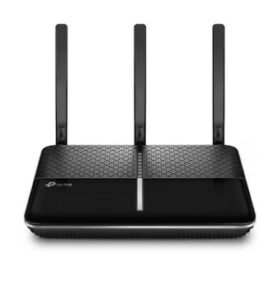
A router connects multiple devices to the internet and is responsible for transmitting and sharing information. It can also help to protect any data from security threats and even prioritise certain devices over others.
Typically, a standard router utilises a network cable to connect to the internet via the WAN port. You can then opt to either wirelessly connect your devices or directly plug in ethernet cables.
Network Cables:
Networking cables are used to physically connect multiple network devices together. The most common example of a network cable is an ethernet.
An ethernet cable is used to connect your PC or laptop directly to the internet. There are multiple different types of ethernet cables, including:
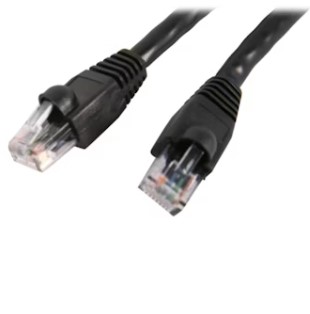
- Cat 5e – supports speeds up to 100Mbps at up to 100MHz. Max cable length of 100m.
- Cat 6 – supports speeds up to 1000Mbps at up to 250MHz. Max cable length of 100m.
- Cat 6a – max speed of 10Gbps at up to 500MHz. Max cable length of 100m.
- Cat 7 – max speed of up to 10Gbps at up to 600MHz. Max cable length of 100m.
- Cat 7a – max speed of up to 10Gbps at up to 1000MHz. Max cable length of 100m.
- Cat 8 – max speed of up to 40Gbps at up to 2000MHz. Max cable length of 30m.
Network Switches:
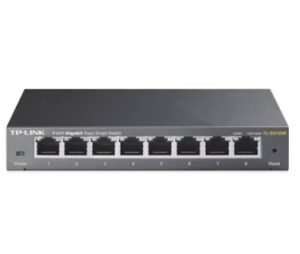
A network switch will connect multiple users and devices across a network, allowing them to communicate and share resources.
How To Set Up a Computer Network
If you’re looking to boost your connectivity by setting up a network, you can opt to configure your own local area network.
Before your set up your LAN, you’ll need to ensure you have everything you need. This includes a router, an ethernet cable, your PC, and all the other devices you wish to connect on your LAN.
First up, go into Settings > Network > Sharing Centre > and then select Set Up a New Connection or Network. From here you’ll be taken step-by-step on how to configure your new network.
Depending on your individual preferences you can choose to create either a wired or wireless LAN.
If you opt for a wired local area network, you’ll need to ensure all your devices are connected to your router via an ethernet cable. Alternatively, for a completely wireless LAN (WLAN), you’ll need a wireless network adapter connected to each of your devices. This could range from the integrated PCIe Wi-Fi cards or the plug-in adapters.
All Your Computer Network Needs
TP-Link AXE75 Tri-Band Wi-Fi 6E Router:
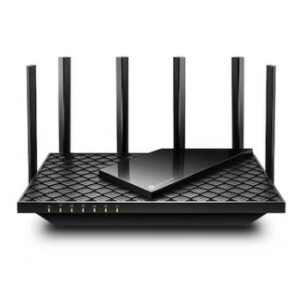
- Supports up to Wi-Fi 6E
- Tri-band connectivity
- 4 x LAN ports
- 1 x WAN port
TP-Link LS1005 5 Port Desktop Network Switch:
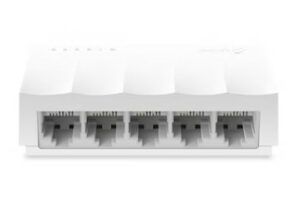
- 5 x ports
- 10/100Mbps
OcUK Professional 5M Ethernet Cable:
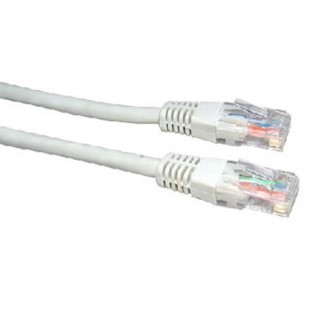
- Cat 6 ethernet cable
- Up to 250MHz
- Unshielded
- Max length 5m
You can shop opt to shop our range of networking essentials to ensure you have everything you need to boost your connectivity.
